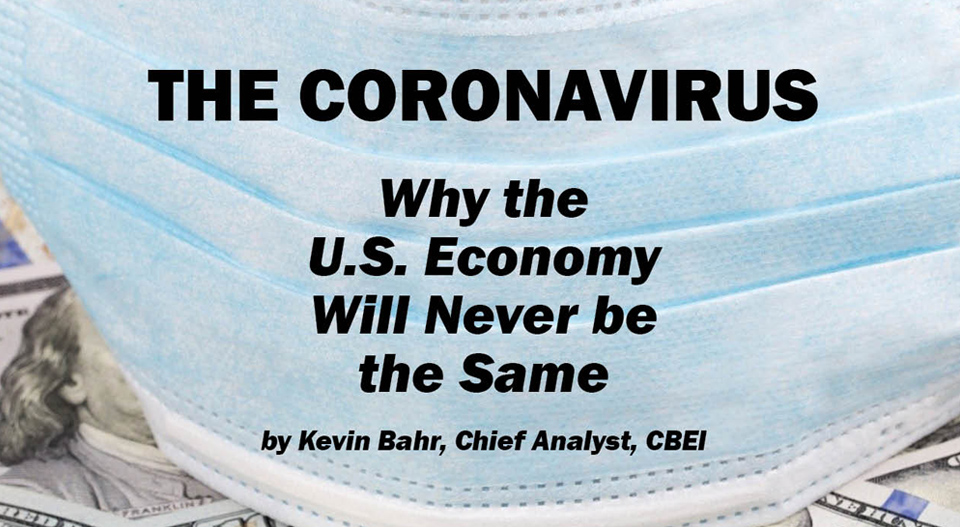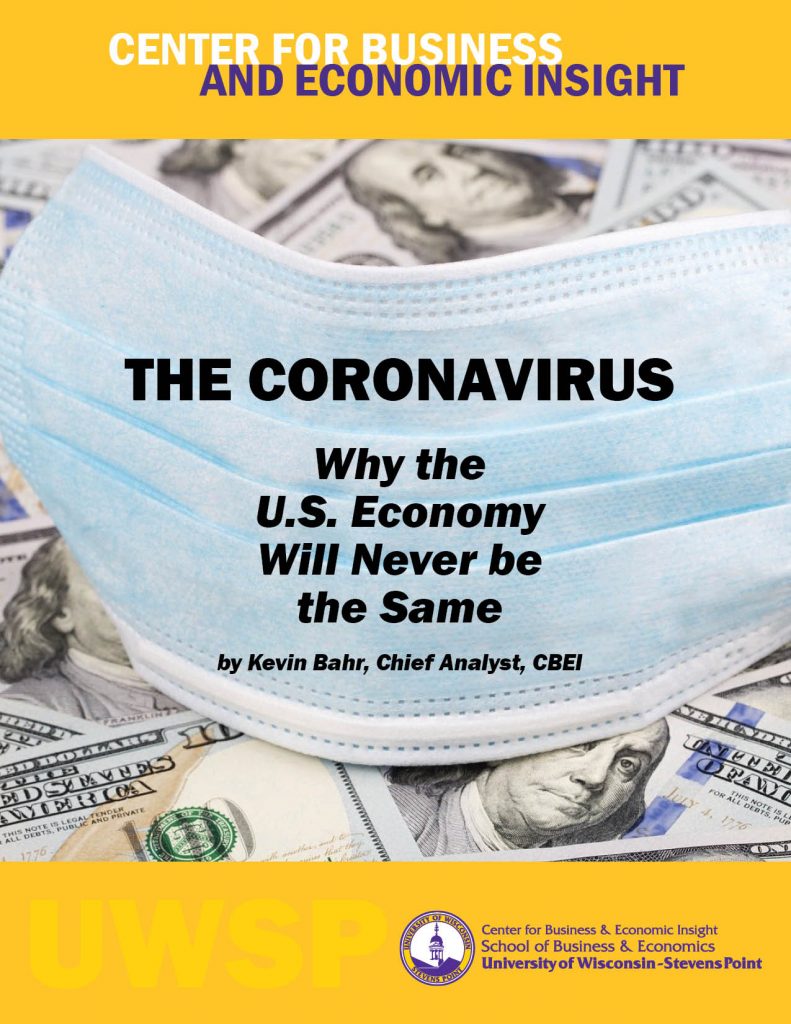
Never again. Shortages of PPE (personal protective equipment), medical testing, and medical supplies such as ventilators occurred across the country. While the U.S. spends more on healthcare than any other nation, inappropriate (or lack of) planning and vulnerable global supply chains left the U.S. without the equipment necessary to protect healthcare workers, first-responders, and its citizens from the coronavirus. Pick a state – it is not too hard to find a governor, local government official, healthcare worker, or news story describing a shortage of masks, gowns, testing, ventilators, and/or medications. By late March, governors reported states “bidding against each other” to get ventilators because of a lack of coordinated federal response.
Congress reacted to the coronavirus economic impacts with needed fiscal response measures in March. Those measures were reactionary to the coronavirus economic impacts; unfortunately, the federal government failed in planning for the healthcare impacts of the coronavirus.
Before the arrival of COVID-19 in the United States, the potential impact of the virus on healthcare systems and economies had already played out in China, South Korea, and Italy. As previously indicated, the U.S. stock market in January already began to show the potential impact of the virus on the U.S. economy. Despite being in the midst of the longest economic expansion on record, the S&P 500 declined -0.16% in January. The market was in full reverse mode in February with a drop of -8.24%. The eventual arrival and impacts of the virus on the United States should not have been a surprise. It was becoming clear in January that the United States would not be immune to the impact of the virus. In 2015, Bill Gates had already spoke of the United States being inadequately prepared to handle a pandemic.
According to the Centers for Disease Control, there was 1 COVID-19 case in the United States in January. COVID-19 had arrived. By the end of March, over 186,000 cases. It should also be pointed out that due to the lack of available COVID-19 testing, the numbers likely understate the actual amount of COVID-19 cases in the United States.
The healthcare system and its workers faced challenges that they should have never faced. No healthcare worker, including doctors, nurses, social workers, materials attendants or any other worker in a healthcare facility should ever be without PPE. Not only do they need it but having healthcare workers without appropriate PPE isn’t the greatest thing for patients either.
At the very least, the federal government should have started planning in January for the shortfall in PPE and other medical equipment that would occur due to the virus. The impact of the virus was already playing out in other parts of the world, and even the U.S. financial markets were beginning to show the signs of the economic impact of the pandemic. Unfortunately, there was a lack of federal government planning for a coordinated nationwide response to the coming pandemic. In addition, the July 2019 hearing of the U.S.-China Economic and Security Review Commission clearly revealed the heavy U.S. dependence on China for key PPE, medical supplies, and pharmaceuticals. That certainly indicated the U.S. supply chain was vulnerable, especially since China was at the center of the pandemic by late 2019. A focus on shifting that reliance and ramping up U.S. production of key supplies could have occurred by late 2019. Invoking the Defense Production Act could have required U.S. companies to produce those needed supplies.
Insufficient PPE and medical equipment to deal with any pandemic, a vulnerable supply chain, and a lack of appropriate federal government planning. That combination resulted in healthcare workers and first-responders dealing with unthinkable circumstances in the country that spends more on healthcare than any other country in the world. Going forward – never again. Healthcare workers and first-responders should never be put in this position again.
Another issue that arose in the pandemic – access to healthcare, That issue will likely stay a focus even after the pandemic winds down in the U.S. Access to testing, access to needed medical services, the ability to pay unexpected healthcare bills – particularly if being furloughed or becoming unemployed, the ability to get health insurance, the potential of needing health insurance with a preexisting condition, all these issues will likely be topics of discussion as the country moves forward after the pandemic. Planning for the next pandemic should begin now.
For further information:
CBEI Blog Series: The Coronavirus – Why the U.S. Economy Will Never be the Same
Part 1: What Happened – A Review of the Economic Impacts
Part 2: What Happened – A Review of the Stock Market
Part 3: What Will Change – Supply Chains
Part 4: What Will Change – Healthcare
Part 5: What Will Change – Deficits and Government Spending
Part 6: What Should Change – An Appreciation for Service Sector Workers
Part 7: What Should Change – Securities Regulation of Congress

Kevin Bahr is a professor emeritus of finance and chief analyst of the Center for Business and Economic Insight in the Sentry School of Business and Economics at the University of Wisconsin-Stevens Point.

